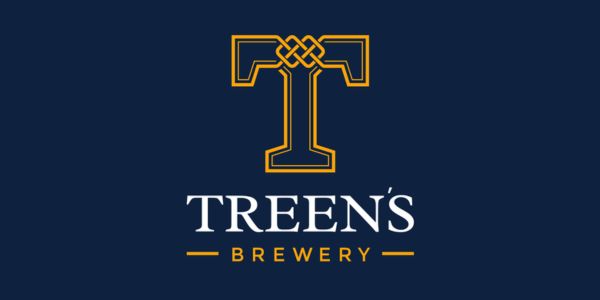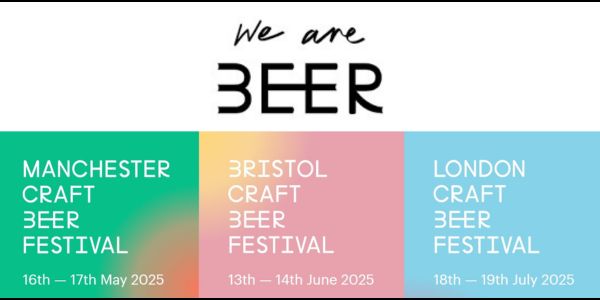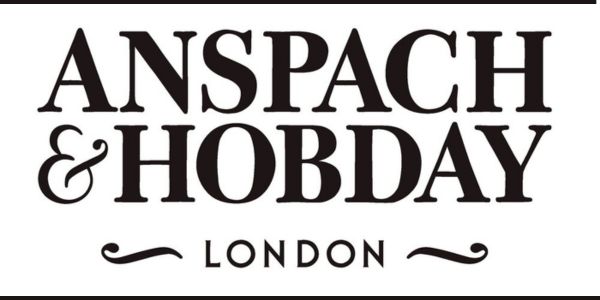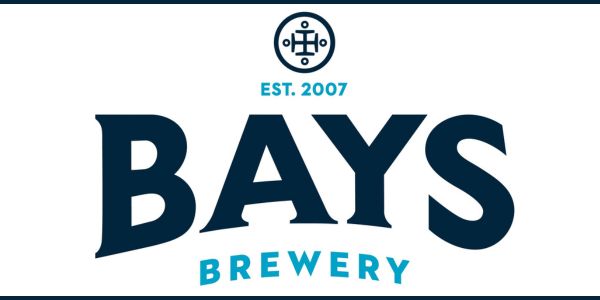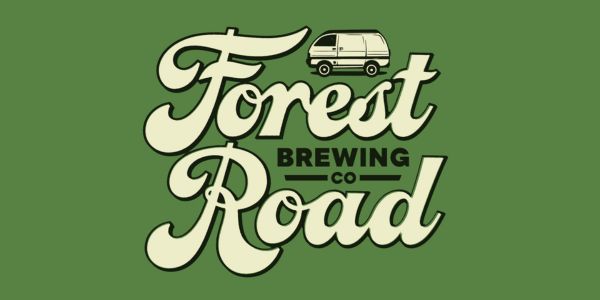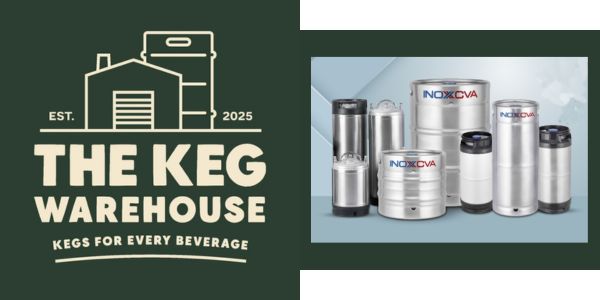Lotte Peplow, Brewers Association American craft beer ambassador for Europe, unearths the latest trends in the American craft beer world following a visit to the Great American Beer Festival in Denver, Colorado.

Photographs: Brewers Association
Forty years ago the beer landscape in America was a bland and monotonous backwater of fizzy, light lager, barely more palatable than water.
How times have changed. Now the USA is widely credited with pioneering the American craft beer movement we see today, and is perceived to be among the top brewing nations in the world. There are now more than 9,200 breweries in the States, up from just 40 in 1980. American craft brewers are renowned for their innovation, creativity, brewing precision, and high quality, full-flavoured beers.
I was fortunate enough to attend the Great American Beer Festival held annually in Denver, Colorado. It is organised by the Brewers Association, the not-for-profit trade association for small and independent American craft brewers.
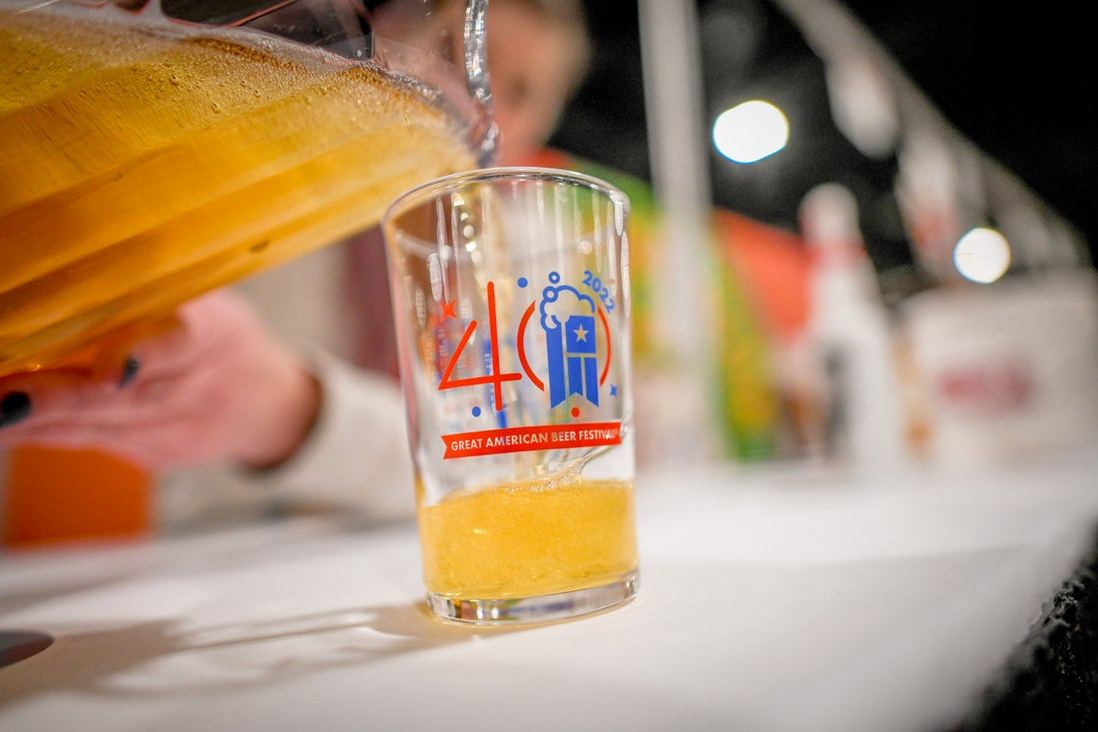

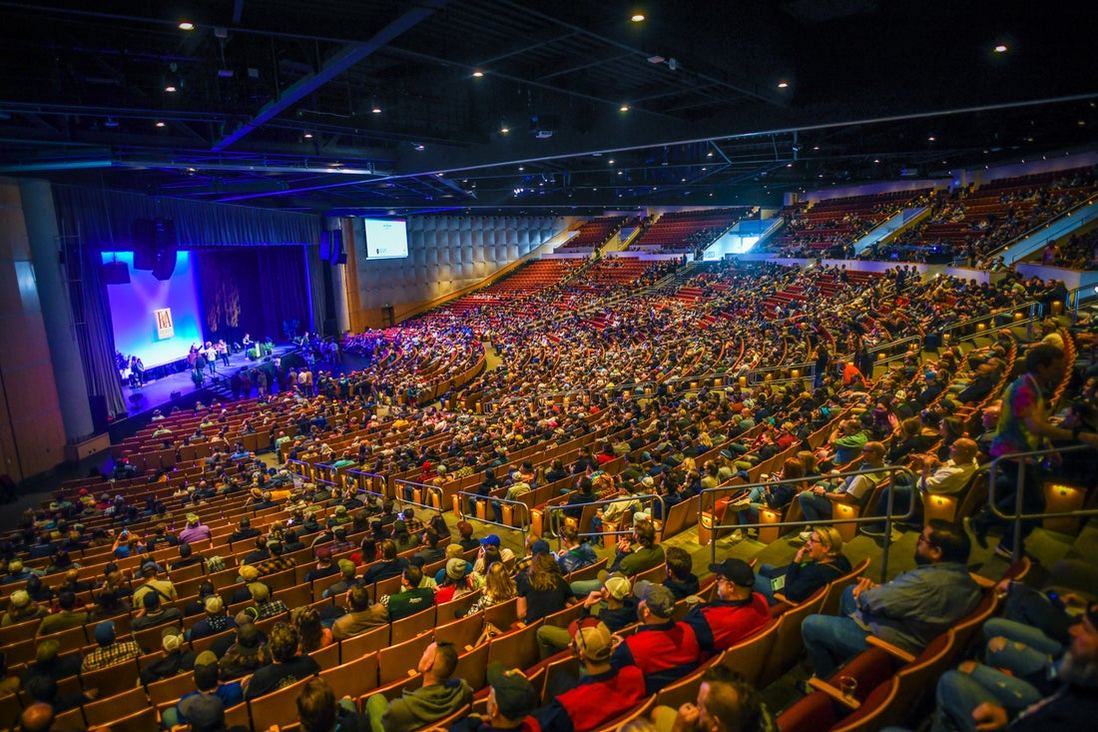

After a two-year pandemic-induced hiatus, this year the festival celebrated its 40th anniversary, beginning back in 1982 with 24 breweries, 47 beers, and 800 visitors. The latest event welcomed 500 breweries, pouring 2,000 beers, enjoyed by 40,000 visitors. That’s 25% fewer than normal due to refurbishment works at the festival’s home, the Colorado Convention Centre.
I scoured the festival floor to bring you the latest in groundbreaking trends and mind-blowing innovation. This is what I found…
IPA
IPAs in their many iterations continue to dominate the American craft brewing scene, with approximately one-third of all sales. Well-made, high-quality, classic IPAs, featuring punchy, flavoursome American hops, were highly prevalent as both brewers and drinker alike sought a return to traditional flavours and styles, such as Breakside Brewery’s IPA or Coronado Brewing Co’s Weekend Vibes. The latest trend in the IPA world is for new-ish cold IPA, a heavily dry-hopped ale/lager hybrid made using bottom-fermenting yeast at warmer temperatures, to give a clean crispness with hop intensity and supreme drinkability. Gone is the pre-pandemic trend for brut IPA, while both milkshake and Brett IPAs were visible, but few and far between.
Within the IPA category, imperial IPAs are driving much of today’s growth and the shows floor reflected this emergence as well. Hazy/juicy IPAs were also popular, but slightly less so than 2019 levels when some brewers offered three or four versions of this one style. Good examples included Melvin Brewing’s Back in Da Haze and Migration Brewing Co’s MoHazeIc.
Lagers and lighter styles
Lighter and more approachable styles were much in evidence with a return to less palate-challenging and more easy-drinking beers. Lagers, including Helles, Pilsner, Oktoberfest, Festbier, Marzen, Bocks and much more, all featured heavily.
Low and no
Alcohol-free beers account for a small but rapidly growing sector of the American craft beer market with .5% of total sales. This may seem small, but compared to other sub-sectors of craft beer it’s a big chunk. There were more examples of low- and no-alcohol beers than ever before with brewers showing high levels of ingenuity and imagination, for instance Athletic Brewing Co’s medal-winning Lemon Radler.
Wood- and barrel-aged strong beers
Pastry stouts were less of a thing this year, but intense, high-ABV, rare beers were much sought after, such as Firestone Walker Parabola, an imperial stout aged in Bourbon barrels for a year, and The Bruery’s Ivoire, a Bourbon barrel-aged ale.
Weird and wacky
Although not necessarily a trend, American craft brewers love pushing the boundaries of creativity. Here’s three examples of groundbreaking wackiness that all tasted better than they sound:
- Carrot and turmeric saison
- Green-coloured gose with marsh salt and spirulina
- Peanut butter hefeweizen
The GABF competition
The demand for IPAs and juicy/hazy IPAs is mirrored in the results of the GABF competition, which ran concurrently with the festival and took place for the 36th time. This year, 9,904 beers entered the competition in 177 beer styles. They were judged by 235 judges who awarded 300 members in total. As trends on the festival floor suggest, the five most entered style categories were:
- American-style IPA (423 entries)
- Juicy or hazy IPA (375 entries)
- German-style pilsner (233 entries)
- German wheat ale (209 entries)
- German-style Marzen (207 entries)
Winning a medal at GABF is highly prestigious and recognises brewing excellence. Competition among brewers is intense, and the sheer, unbridled joy when a winning brewery is announced is testimony to that.
Some of the medal-winning beers may make their way into export markets, such as gold medal winner and perennial favourite Allagash Brewing Co’s White, a Belgian-style wheat beer that frequently medals in European beer competitions. Also look out for Sierra Nevada Brewing Co’s Sunny Little Thing, a wheat ale made with citrus, or Cigar City Brewing’s Maduro brown ale, both of which are available in the UK.
The UK is the largest export market in Europe and second biggest individual export market, accounting for 8.4% of all exports. American craft beer can be found at online retailers, such as Athletic Brewing, Cascade Club, Beers of Europe, Beer Merchants, Beer Gonzo, House of Trembling Madness, or select bottle shops, off-licences, online subscription
services, supermarkets, and select pubs and bars.
Some brewers liked to show off not only brewing skills, but their beer-naming creativity. In my opinion, the wittiest and most irreverent of all goes to the winner of the hazy/juicy IPA category, Anhyzer Kush!
Brewers are invited to submit beers to the now annual World Beer Cup in Nashville, Tennessee next year. Registration is open from 1st-14th November and beers will be consolidated at the UK hub in Hertfordshire before being air-freighted to the USA at the Brewers Association’ s expense. Winners will be announced at the Craft Brewers Conference and Brew Expo America on 10th May, 2023.
• Free downloadable resources to help you understand and enjoy American craft beer are available at brewersassociation.org





